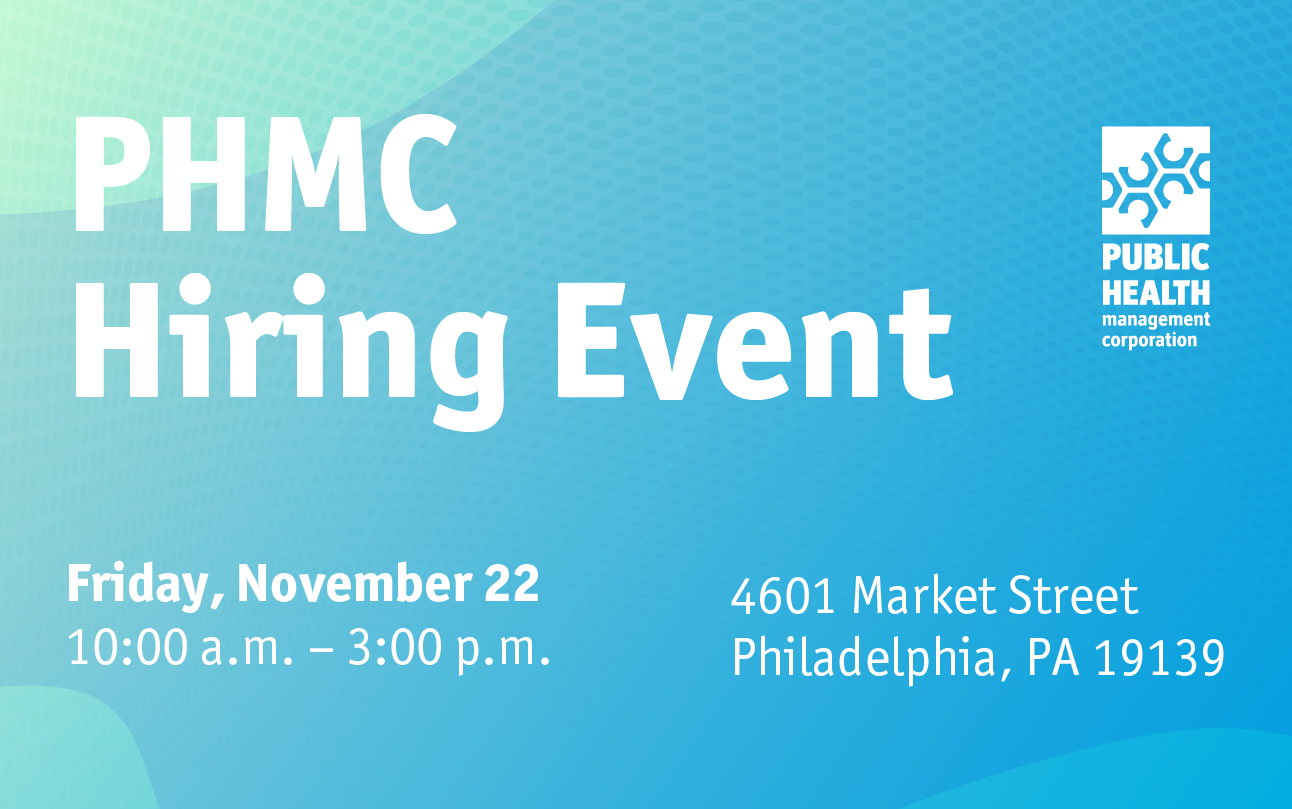As friends and supporters of PHMC, readers of DIRECTIONS often have heard us speak about our “affiliate organizations.” These nonprofits are integral to PHMC’s mission, helping us to grow, better serve our communities and constantly expand our impact on public health. So in many ways, when we took on the new name Public Health Management Corporation in July, we were better reflecting not only PHMC as a whole but also the role of our affiliates in our evolution.
Our approach to affiliation has, in fact, become a national model; we are asked to talk about it to nonprofit groups across the country. I thought it might be valuable to share with you what we tell them.
The concept of affiliation started with the realization that PHMC had developed such effective internal capacities that we had something of value to help other nonprofits ensure their ongoing strength. The basis of our affiliation process is that it should provide a win-win opportunity, benefiting all parties involved. We generally are brought together with potential affiliates when they approach us through their management, board member, staff person or funder. Organizations pursue affiliation with PHMC for a variety of reasons, often including development of a strategy for succession planning and infrastructure expansion, resource sharing and cost savings achieved through economies of scale, strengthening financial management or providing other infrastructure support. PHMC’s criteria for affiliation reflect our win-win philosophy. We ask:
- Do the missions extend, enhance or complement each other?
- Will the organizations likely be able to expand their offerings to vulnerable populations?
- If affiliation did not occur, would the affiliate’s service community lose a vital health and human service resource?
- Will the affiliation help to enhance each organization’s reputation and potential to serve?
- Is there potential for future financial stability and growth through the affiliation?
- Can the organizations’ boards positively impact each other?
- Does the affiliation fit into both organizations’ strategic plans?
If we can answer "yes" to these questions, what follows is a period of mutual due diligence that—after both parties agree to proceed—leads to board approvals, resolutions, the signing of legal documents and the pursuit of critical juncture funding to cover the start-up costs of affiliation, which vary based on specific needs and priorities and can range from moving costs to revised HR manuals, technology improvements to program development, to name a few.
Of course, there are challenges involved in simultaneously merging and sustaining separate organizational cultures, in managing bureaucratic changes, and in adapting to new systems. But our nearly 20 years of experience with affiliations has taught us that the opportunities make the journey worthwhile. We have been able to expand the range of services available to PHMC and affiliate clients as well as the professional development and career advancement opportunities for PHMC and affiliate staff. Affiliate directors benefit from a built-in peer group. We engage in joint program development that enriches all our services. We bring to the affiliates expanded capabilities in research and evaluation, marketing and communications, human resources and training, fiscal control and administration.
We inaugurated the affiliate model in 1989 with Interim House, the first specialized treatment program for women in Pennsylvania and a national model for its holistic approach to treating addiction. Our most recent affiliation is with Linda Creed Breast Cancer Foundation, which joined PHMC in January and is highlighted in this issue. For more than 20 years, Linda Creed has promoted breast health through advocacy, education and support, particularly to uninsured and underinsured women, and it vows to be there until breast cancer is not.
In September, our affiliate La Comunidad Hispana (LCH), which serves the Hispanic farm labor population and other underserved individuals and families in Chester County, welcomed Margarita Queralt Mirkil as its new executive director. Ms. Mirkil will lead the organization’s operations including its exciting plans to build a new home for LCH’s services. Please read more about Ms. Mirkil and her vision for LCH in the Q&A in this issue. Throughout this and every issue of DIRECTIONS, in fact, you will find snapshots of the great work our affiliates do every day.
Affiliation is just one example of our innovative efforts to expand the work and reach of PHMC. Our mission is public health, and our vow is to be a trusted partner in achieving that mission because we know that we work better when we work together. So our success is not just about the approximately 250 programs we run, or the management practices we bring to bear on those programs, or the extensive data from our research and evaluation team on which those programs are built. Our ability to impact public health reflects the unparalleled work of our affiliates and the greater strength we bring by functioning as an integrated team across all our affiliates and the whole of PHMC. We also thrive on the collaborations and relationships we build with our many other supporters and partners, such as you. With your help, PHMC and our affiliates will continue to expand to meet the growing public health needs of the individuals, families and communities we serve.
![]()
Richard J. Cohen, Ph.D., FACHE
President and CEO of PHMC





